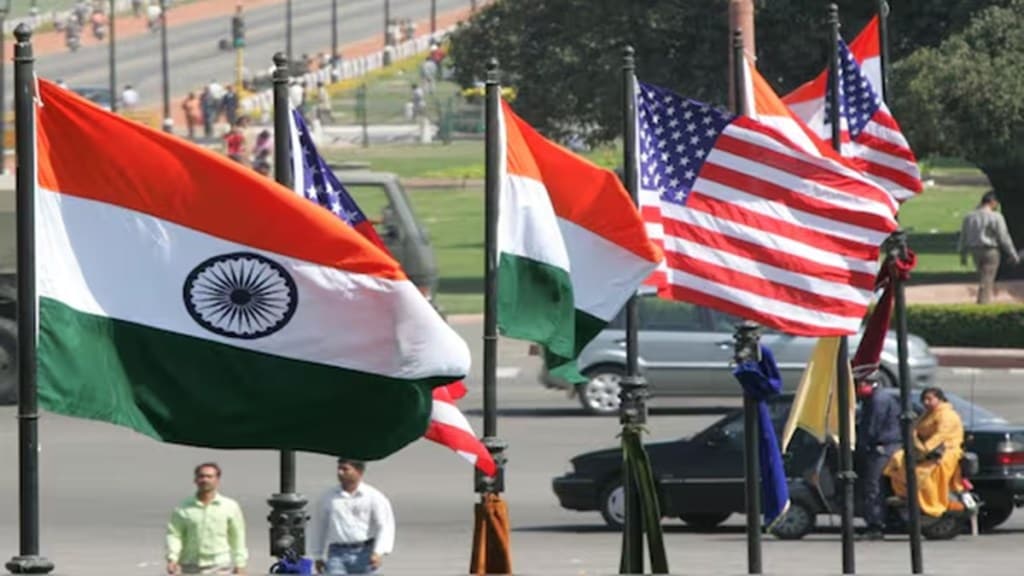India will seek adequate safeguards for its sensitive agriculture sector, and seek complete removal of the reciprocal tariffs in the interim mini trade agreement with the US, which the both sides are trying to conclude by July 8, a senior official said Wednesday.
“Talks are moving positively. Before July 8, we are looking at concluding an interim deal before the first tranche. It will include goods, non-tariff barriers, some areas of services, like digital services,” the official said.
The protection to the agriculture and sensitive sectors may come in the form of a Minimum Import Prices (MIP) for specific products or quota on imports, the official said.
Reciprocal tariffs announced by US President Donald Trump is slated to come into full force after a 90-day pause on July 8. Due to the suspension of the implementation of these extra tariffs, Indian exports are currently paying just 10% additional tariffs, instead of 26% earlier proposed.
To seal the deal, commerce and industry minister Piyush Goyal is in Washington this week for talks with US Commerce Secretary Howard Lutnick and US Trade Representative Jamieson Greer. After the meeting of the top leadership, the negotiators from both sides are meeting for four days to discuss the nuts and bolts of the agreement. The meetings will continue t till May 22.
When asked whether another round of talks will happen on the proposed pact between the two countries, the official said “we are trying to finalise things as early as possible”.
To boost its exports through the trade agreement, India is seeking duty concessions for labour-intensive sectors like textiles, gems and jewellery, leather goods, garments, plastics, chemicals, shrimp, oil seeds, chemicals, grapes, and bananas in the proposed pact with America.
On the other hand, the US wants duty concessions in sectors like certain industrial goods, automobiles (electric vehicles in particular), wines, petrochemical products, dairy, agriculture items such as apples, and tree nuts.
The interim agreement will be followed by the first tranche of the Bilateral trade Agreement (BTA) that is expected to be finalised by the autumn of this year. The first tranche will lead to a full-fledged trade agreement between the two sides.
The US is India’s biggest trade partner. In the just concluded financial year the bilateral goods trade stood at $ 131.84 billion with India’s exports at $ 86.51 billion. Both sides also have a substantial services trade too. Through the BTA they are aiming to take the total trade to $ 500 billion by 2030 from $ 190 billion now.

